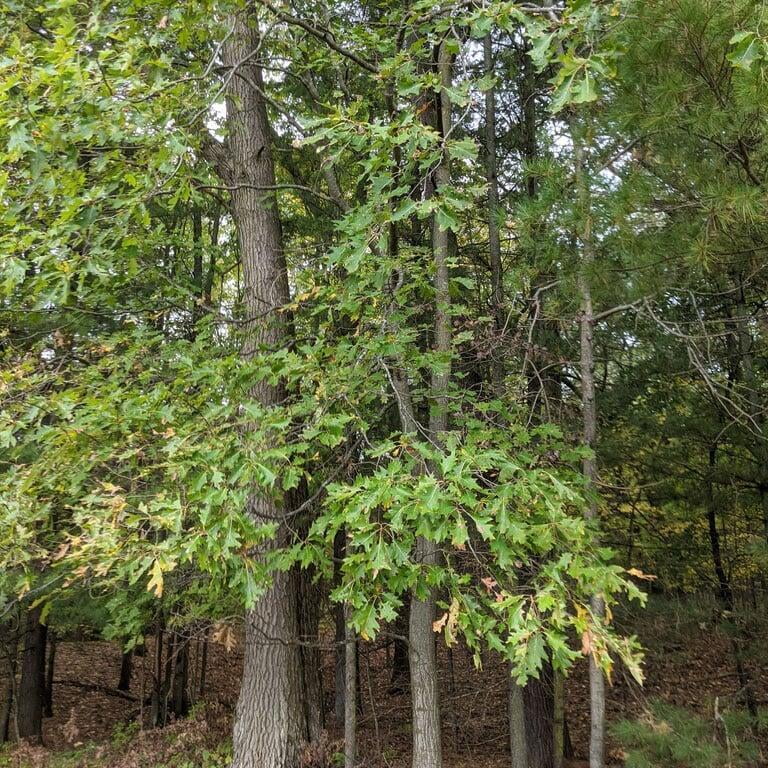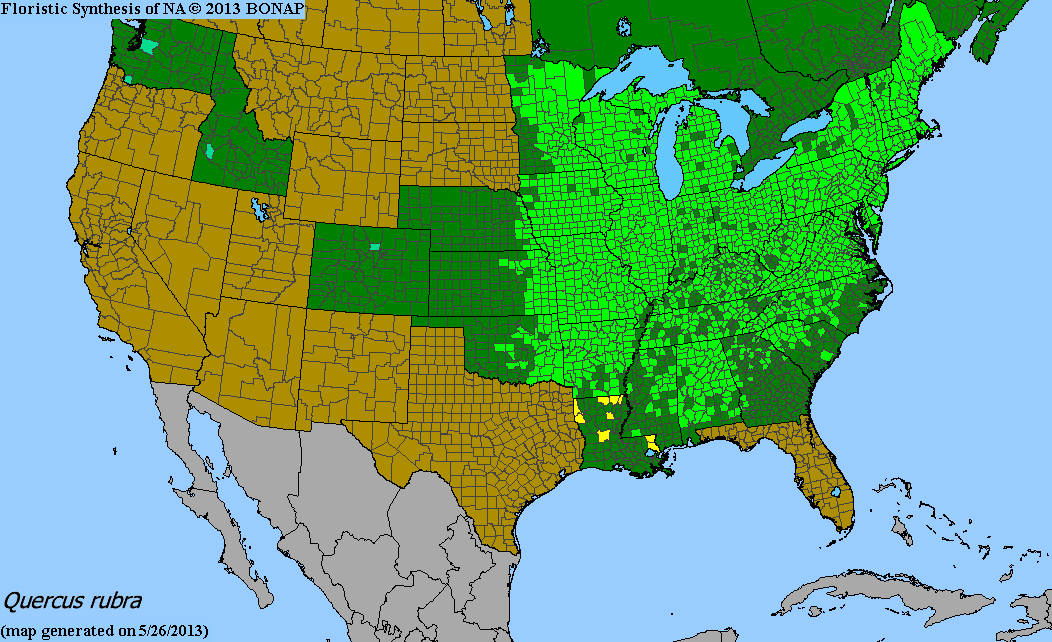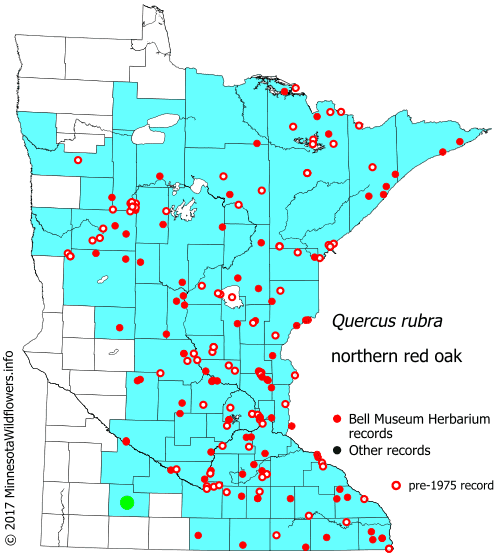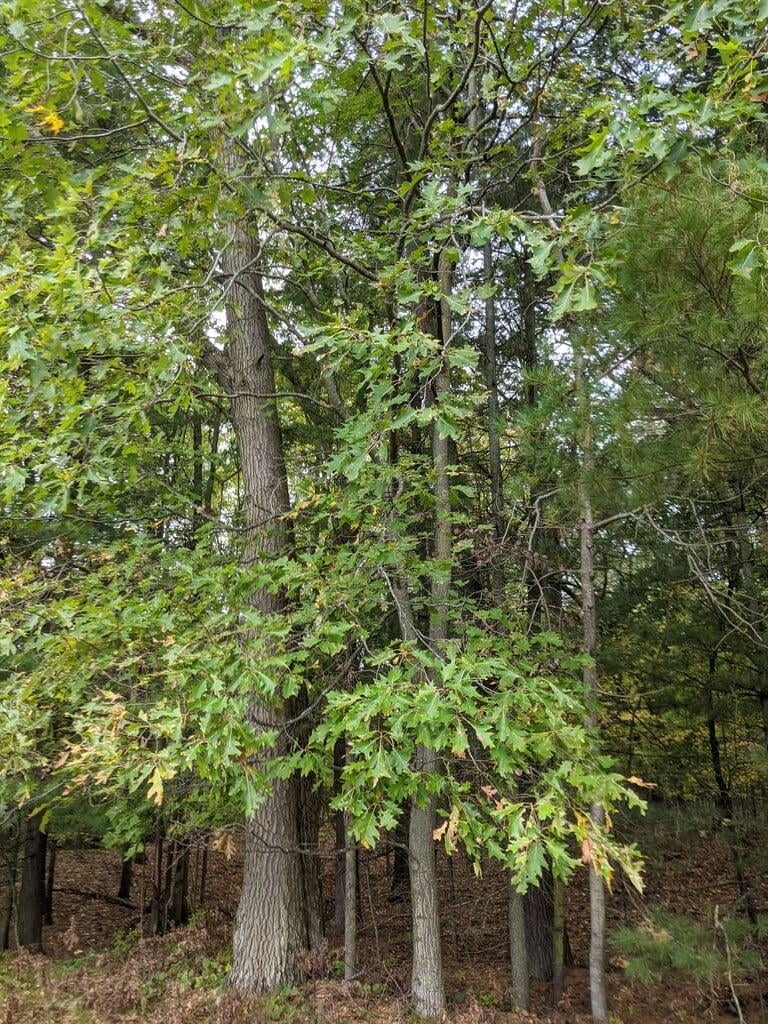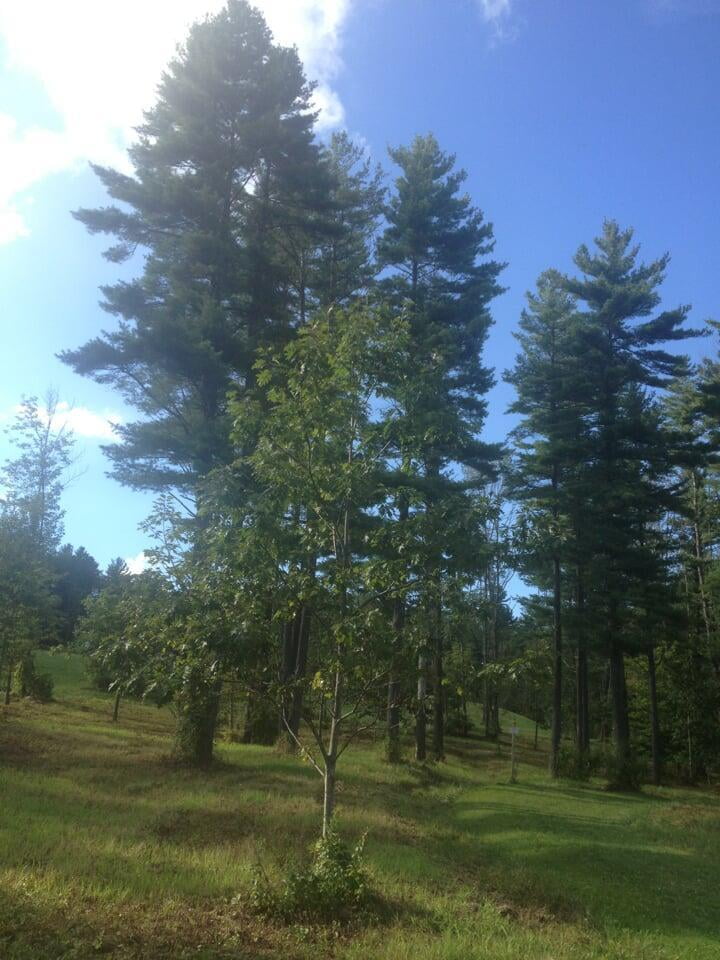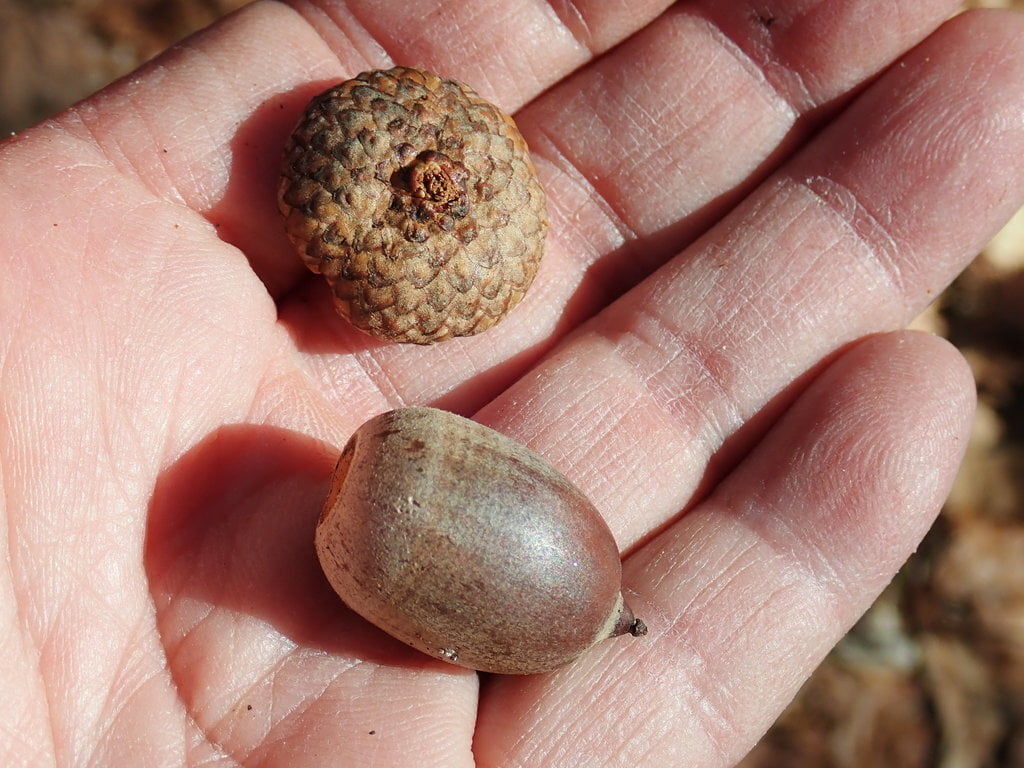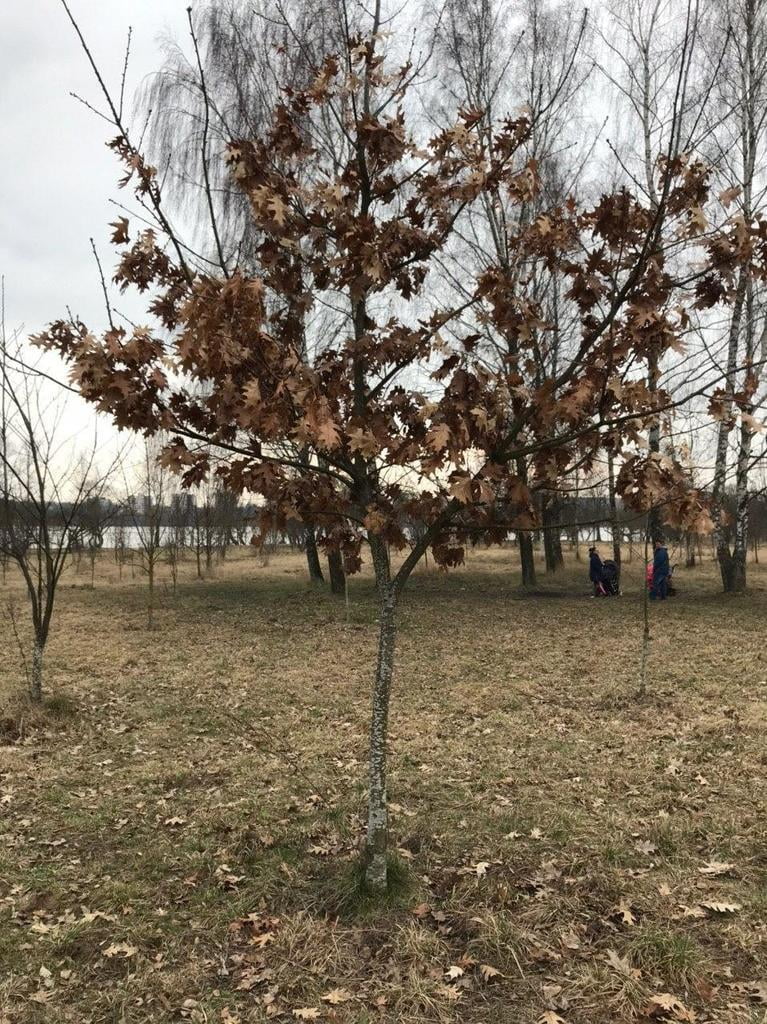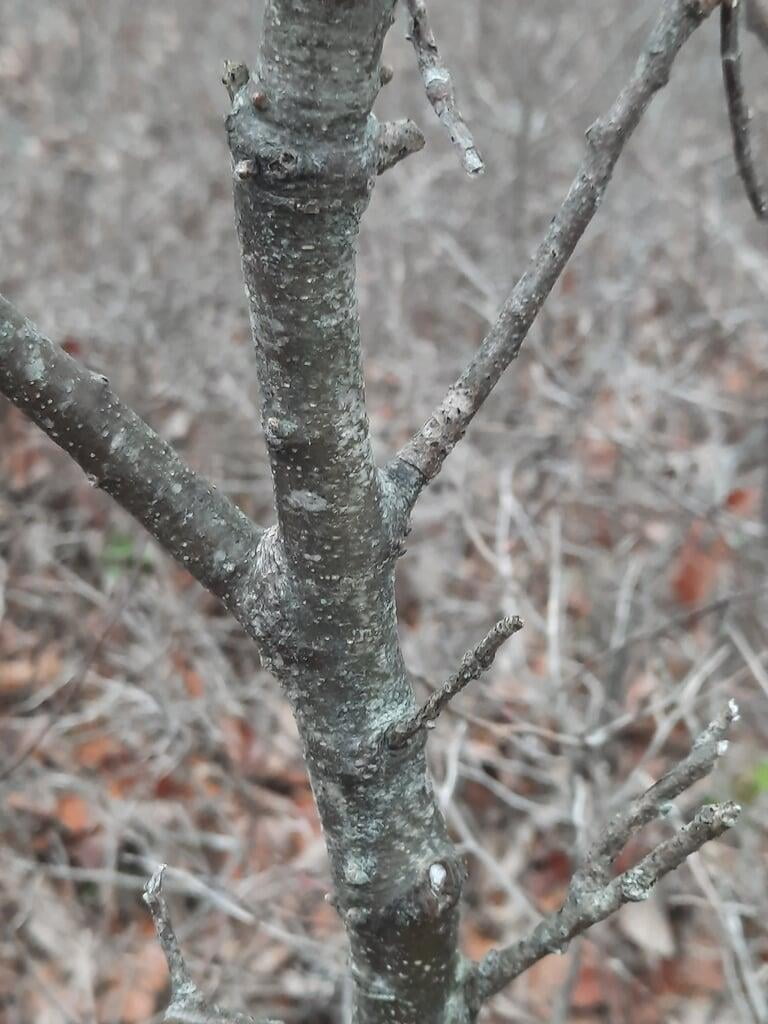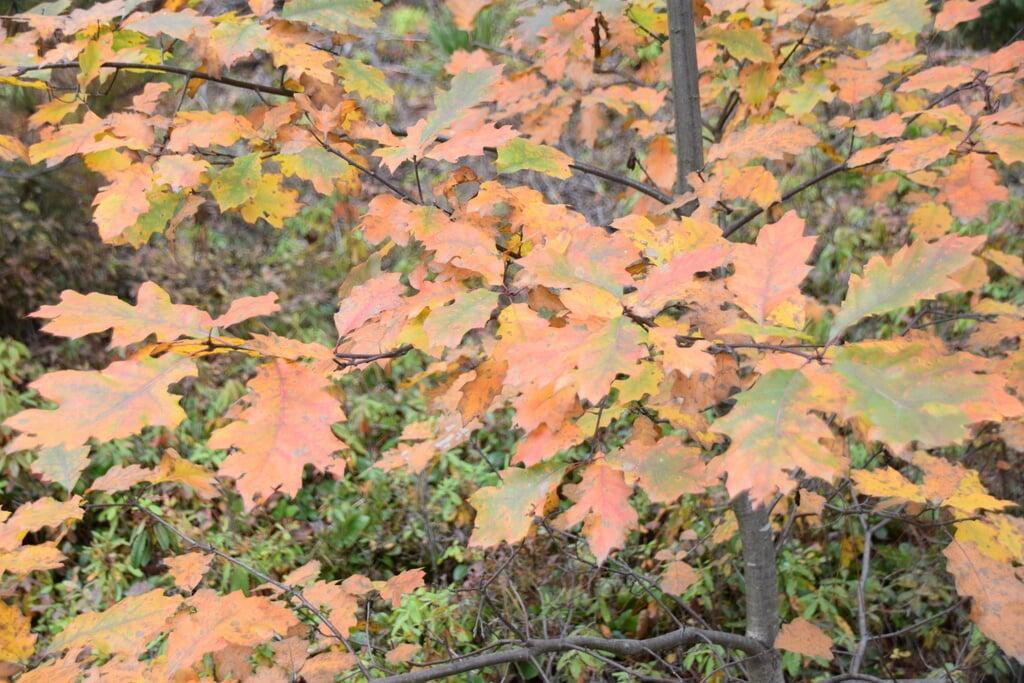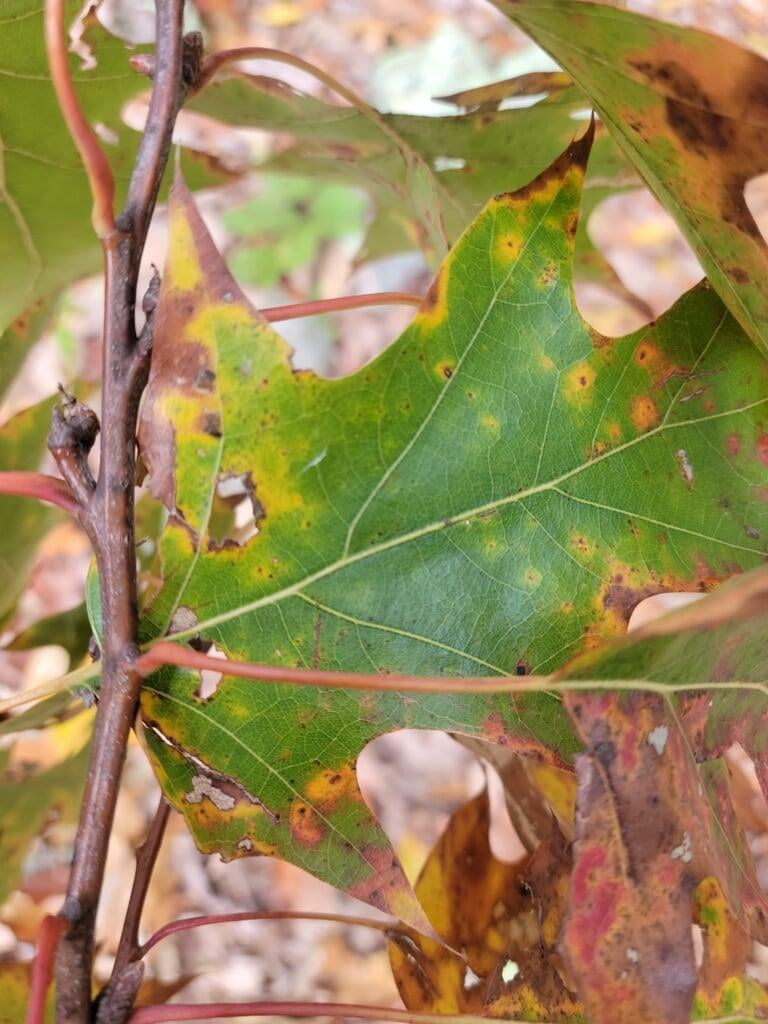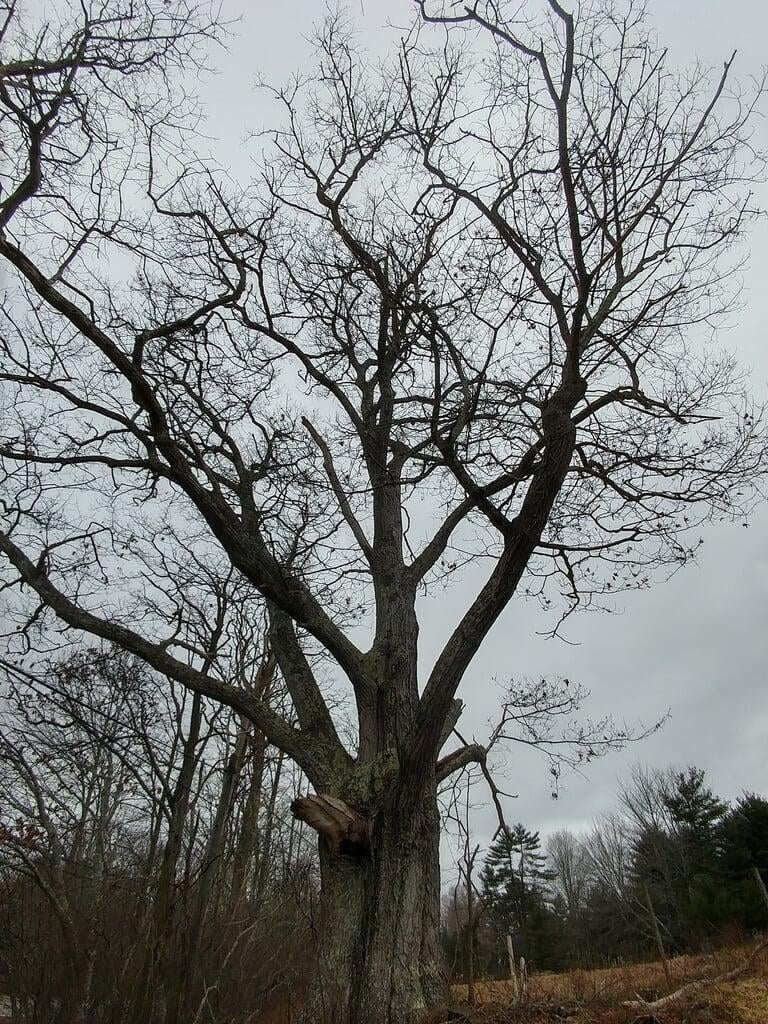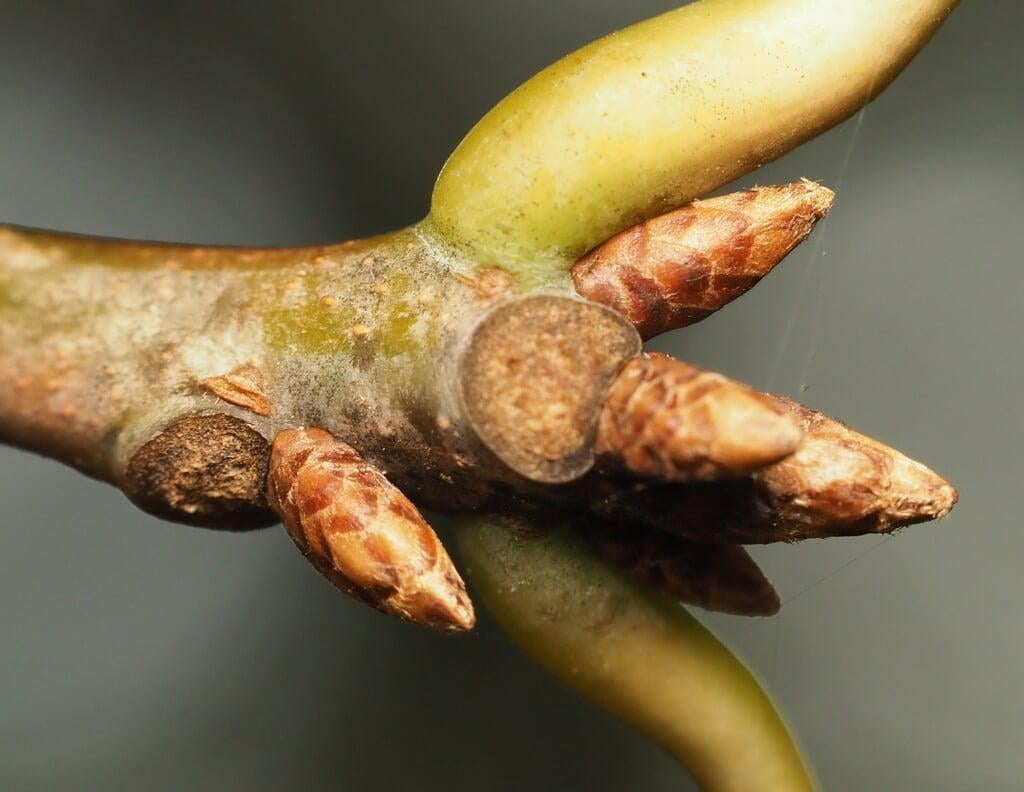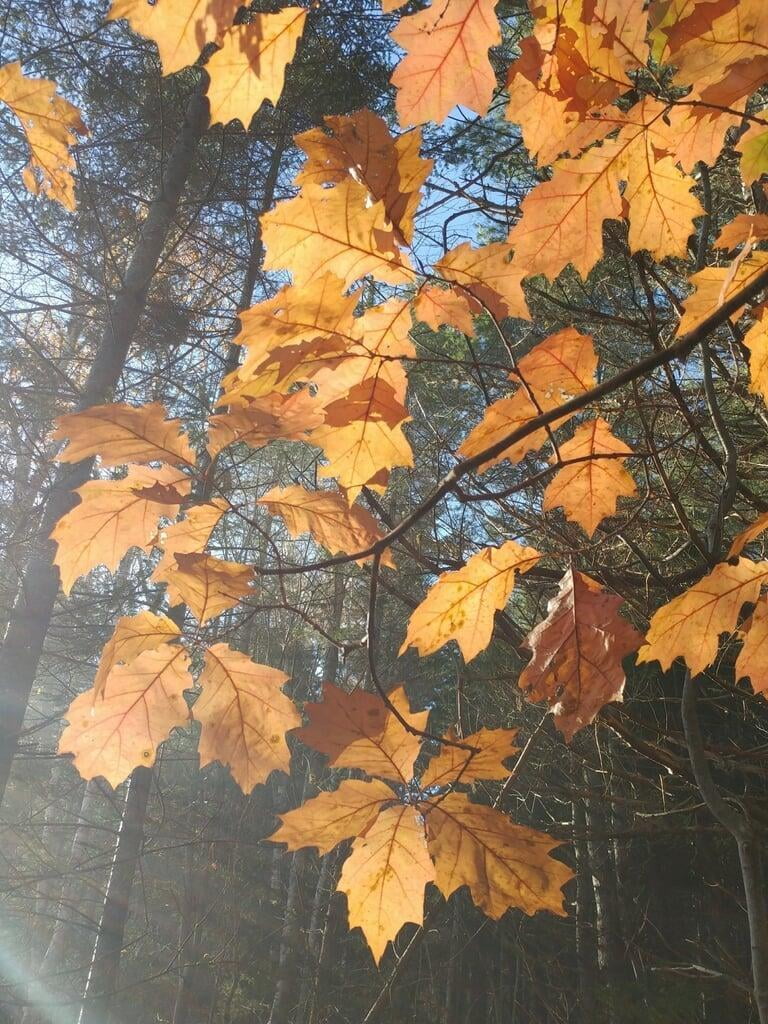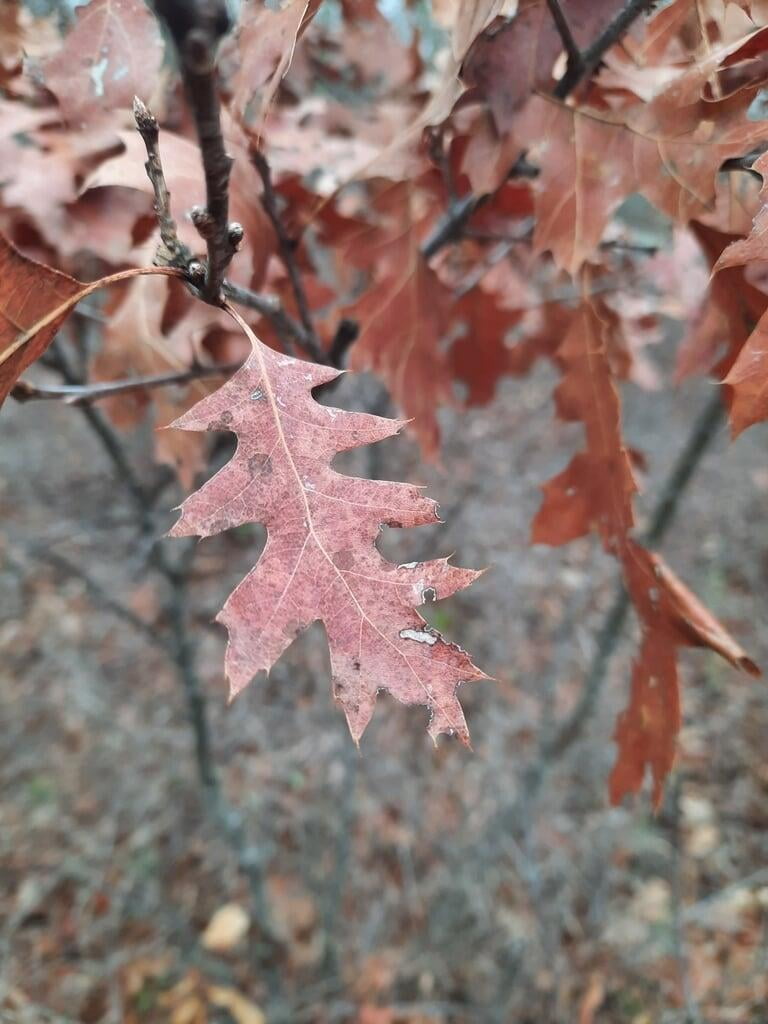Quercus rubra
Red oak description:
Quercus rubra, commonly known as the northern red oak, is a large deciduous tree that can grow up to 80 feet tall and 50 feet wide. The trunk of the tree can have a diameter of up to 3 feet, and it typically has a straight, columnar shape. The bark is dark brown and deeply furrowed, giving the tree a rugged appearance.
The leaves of Quercus rubra are distinctive and easily recognizable. They are lobed and have a deep, rich green color in the summer, turning to shades of red and brown in the fall. The leaves can grow up to 8 inches long and 5 inches wide, and they are arranged alternately on the branches. The tree produces acorns that are about 1 inch long and have a distinctive cap covering the top.
Quercus rubra is a popular tree for landscaping and is commonly used in parks and large gardens. Its large size and attractive foliage make it an impressive specimen tree, and it is also a valuable timber tree. The wood of the northern red oak is strong, hard, and durable, and it is used for furniture, flooring, and other construction purposes. The tree is also important ecologically, providing food and habitat for a wide variety of wildlife, including birds, squirrels, and deer.
Native Range:
Red oak has a native range comprised mostly of the central and Eastern United States. It is found in some scattered Western states, but is certainly most common from Minnesota South to Alabama and Northeast to Maine.
Standard Plant Information:
Plant Height: 60-80'
Bloom time: May
Preferred Habitat: Does well in part shade to full sun with heavier, well drained soil.
Planting:
Planting a tree seedling or small potted tree properly is important to ensure its healthy growth and development. Here are the steps you can follow to plant a tree:
Choose the right spot: Select a spot with adequate sunlight, water, and soil drainage. Make sure the tree has enough space to grow to its full size without interfering with other plants, structures, or utility lines.
Prepare the soil: Dig a hole that is twice as wide and slightly shallower than the root ball of the seedling. Remove weeds or debris from the area. Loosen the soil around the edges of the hole to help the roots grow more easily.
Plant the seedling: Place the seedling in the hole, making sure the top of the root ball is level with the ground surface. Gently spread out the roots and fill in the hole with soil, tamping it down lightly as you go.
Water the seedling: Water the tree deeply and thoroughly after planting, making sure the soil is evenly moist. This will help settle the soil around the roots and eliminate any air pockets.
Monitor the growth: Keep an eye on the seedling to make sure it is getting enough water and sunlight, and that it is not being attacked by pests or diseases. Prune any damaged or dead branches as necessary, and provide support if needed.
By following these steps, you can help ensure the healthy growth and development of your newly planted tree seedling.

